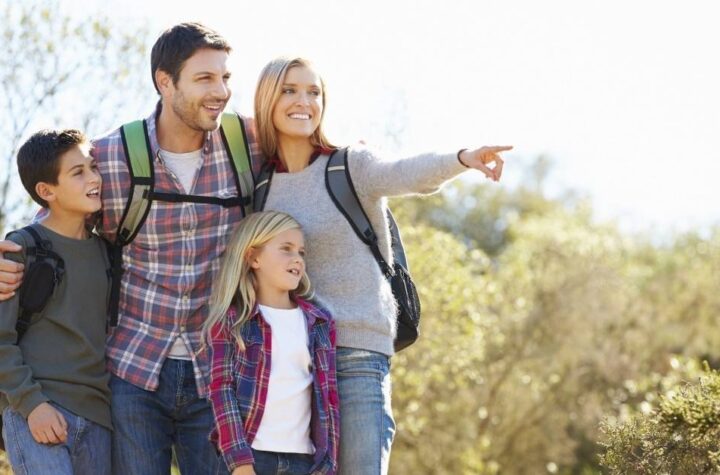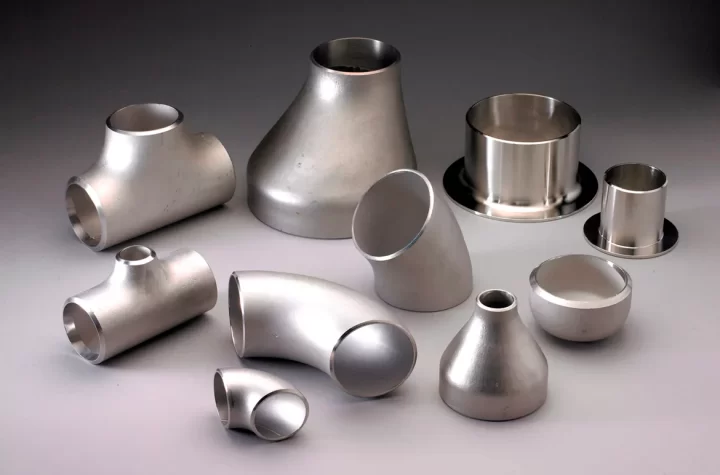
Photographing birds at rest is the simplest type of bird photography. Although it depends on the kind of bird you are looking for, if you want to be able to practice this type of photography, the easiest way is for you to approach a lagoon, the rocks of a cliff, or pay attention to the branches of the trees. We recommend that you start photographing large birds because they are more predictable, and their movements are slower. Large wetland birds such as herons, cranes, or flamingos are the perfect models.
Bird Portraits
When photographing birds at rest, the most common thing is to make a portrait in which the bird is the main element of the photograph. If you want to give a more professional touch to your photos, you can make a bokeh, as in the previous picture, with which you will get the bird focused and the background of the image out of focus. The technique is the same as to make a bokeh of people or objects, and the magic is in reducing the depth of field.
Keys to Good Bokeh in bird photography
- Open the aperture of your camera’s diaphragm so that more light enters (f / 2, f / 1.8, f / 1.4 …).
- Focus distance matters: the closer you are to the bird, the higher the blurriness behind it.
- Use a lens with a long focal length (between 70-400mm).
But the most important tip for making bird portraits is to always (always!) Try to focus on the bird’s eyes. Sometimes it isn’t effortless. It may move just when you are going to shoot, or your camera may focus on the peak by mistake, but it is essential to submit your photos to a contest
You can learn more from https://skylum.com/blog/best-photoshop-filters-and-plugins-for-creative-effects.




